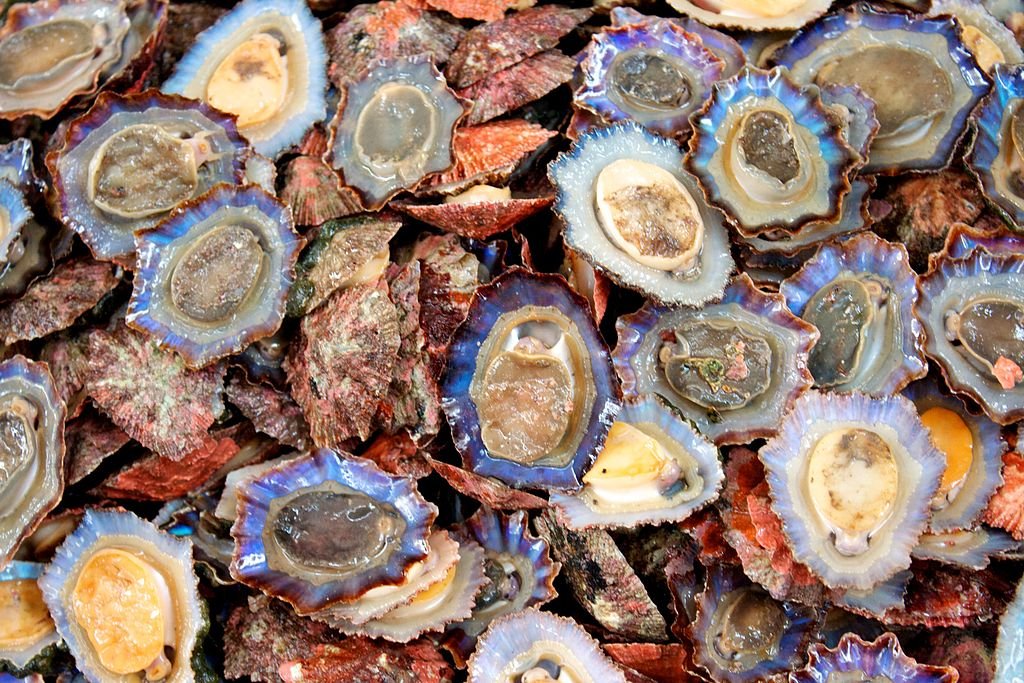When we think of seafood, we often visualize a delicious platter of oysters, mussels, or a fresh catch of fish. Unfortunately, there’s a hidden risk that seafood enthusiasts should be aware of—seafood poisoning.
Seafood poisoning occurs when you eat fish or shellfish containing toxins. These toxins can’t be eliminated by cooking or freezing, making it all the more important to handle seafood correctly from the catch to the kitchen. Among these toxins is saxitoxin, a well-known culprit in shellfish poisoning.
Saxitoxin is particularly notorious. It’s a type of poison that doesn’t play nice; it doesn’t back down in the face of heat, meaning cooking your shellfish well doesn’t guarantee safety from this toxin.
What does seafood poisoning feel like?
So, how does food poisoning from seafood feel like? Imagine feeling extremely nauseous, with your belly in knots and an urgent need to rush to the bathroom. These symptoms are typically the first signs that something isn’t right.
What are the symptoms of seafood poisoning?
You might have heard about common seafood poison symptoms. Here’s what you need to know without getting lost in medical jargon:
Ciguatera poisoning
This comes from a toxin found in larger reef fish. Symptoms like nausea, cramps, and diarrhea can start between 2 to 8 hours after eating, potentially lasting months, and include tingling sensations, muscle aches, and temperature confusion. Ciguatera can also bring about a bizarre sensation where hot feels cold and vice versa alongside muscle aches and a persistent itchy feeling.
Puffer fish poisoning
Pufferfish, also known as fugu, harbor a dangerous, lethal toxin. If ingested, the toxin can rapidly induce paralysis and is potent enough to be fatal. If there’s any suspicion of puffer fish poisoning, it’s a race against time to seek emergency medical help.
Scombroid poisoning
Improper storage of certain fish, like mackerel and tuna, can lead to scombroid poisoning. It may cause flushed skin, nausea, vomiting, and hives.
Shellfish poisoning
Here’s where saxitoxin comes into play from poisoning from shellfish. Eating contaminated shellfish can lead to an almost immediate pins-and-needles sensation around your mouth, followed by an upset stomach, vomiting, cramps, and, in severe cases, muscle weakness and difficulty breathing.
How fast is seafood poisoning?
Symptoms of seafood poisoning can appear 2 to 8 hours after consumption, hitting fast with stomach issues and possibly escalating depending on the toxin involved.
How do you get rid of seafood poisoning?
Treatment can vary, but doctors may administer antihistamines, encourage hydration, provide IV fluids, or give medication to stop vomiting and stabilize vital signs.
What causes seafood toxins?
Many of these toxins find their way into seafood through the food chain. Microorganisms like dinoflagellates produce these poisons, and as small fish consume them, the toxins accumulate and can be passed on to larger fish and eventually to us if we consume the affected seafood.
Prevention
The best way to prevent seafood poisoning is by ensuring fish are properly chilled below 38°F or immediately frozen after they’re caught. Be mindful that standard methods like cooking, freezing, or smoking do not destroy certain toxins.
Bottomline
Seafood poisoning is a serious concern, but it shouldn’t deter you from enjoying your favorite dishes. By staying informed about the risks and proper handling procedures, you can minimize the chances of encountering these seafood-induced illnesses. Always remember, when it comes to seafood, freshness and proper storage are your best friends.

